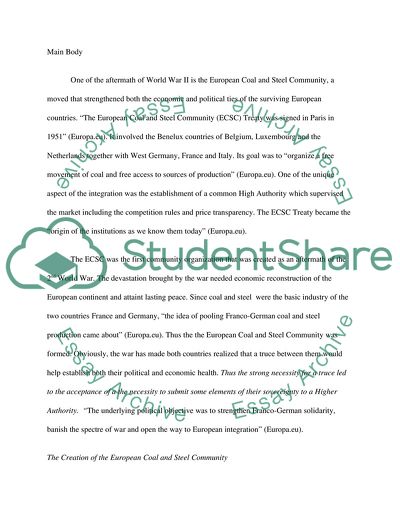Cite this document
(The Six Countries Surrender of Elements of Sovereignty Essay, n.d.)
The Six Countries Surrender of Elements of Sovereignty Essay. https://studentshare.org/politics/1730030-is-there-a-compelling-explanation-for-why-the-six-chose-to-surrender-elements-of-their-sovereignty-in-the-aftermath-of-world-war-ii
The Six Countries Surrender of Elements of Sovereignty Essay. https://studentshare.org/politics/1730030-is-there-a-compelling-explanation-for-why-the-six-chose-to-surrender-elements-of-their-sovereignty-in-the-aftermath-of-world-war-ii
(The Six Countries Surrender of Elements of Sovereignty Essay)
The Six Countries Surrender of Elements of Sovereignty Essay. https://studentshare.org/politics/1730030-is-there-a-compelling-explanation-for-why-the-six-chose-to-surrender-elements-of-their-sovereignty-in-the-aftermath-of-world-war-ii.
The Six Countries Surrender of Elements of Sovereignty Essay. https://studentshare.org/politics/1730030-is-there-a-compelling-explanation-for-why-the-six-chose-to-surrender-elements-of-their-sovereignty-in-the-aftermath-of-world-war-ii.
“The Six Countries Surrender of Elements of Sovereignty Essay”. https://studentshare.org/politics/1730030-is-there-a-compelling-explanation-for-why-the-six-chose-to-surrender-elements-of-their-sovereignty-in-the-aftermath-of-world-war-ii.


